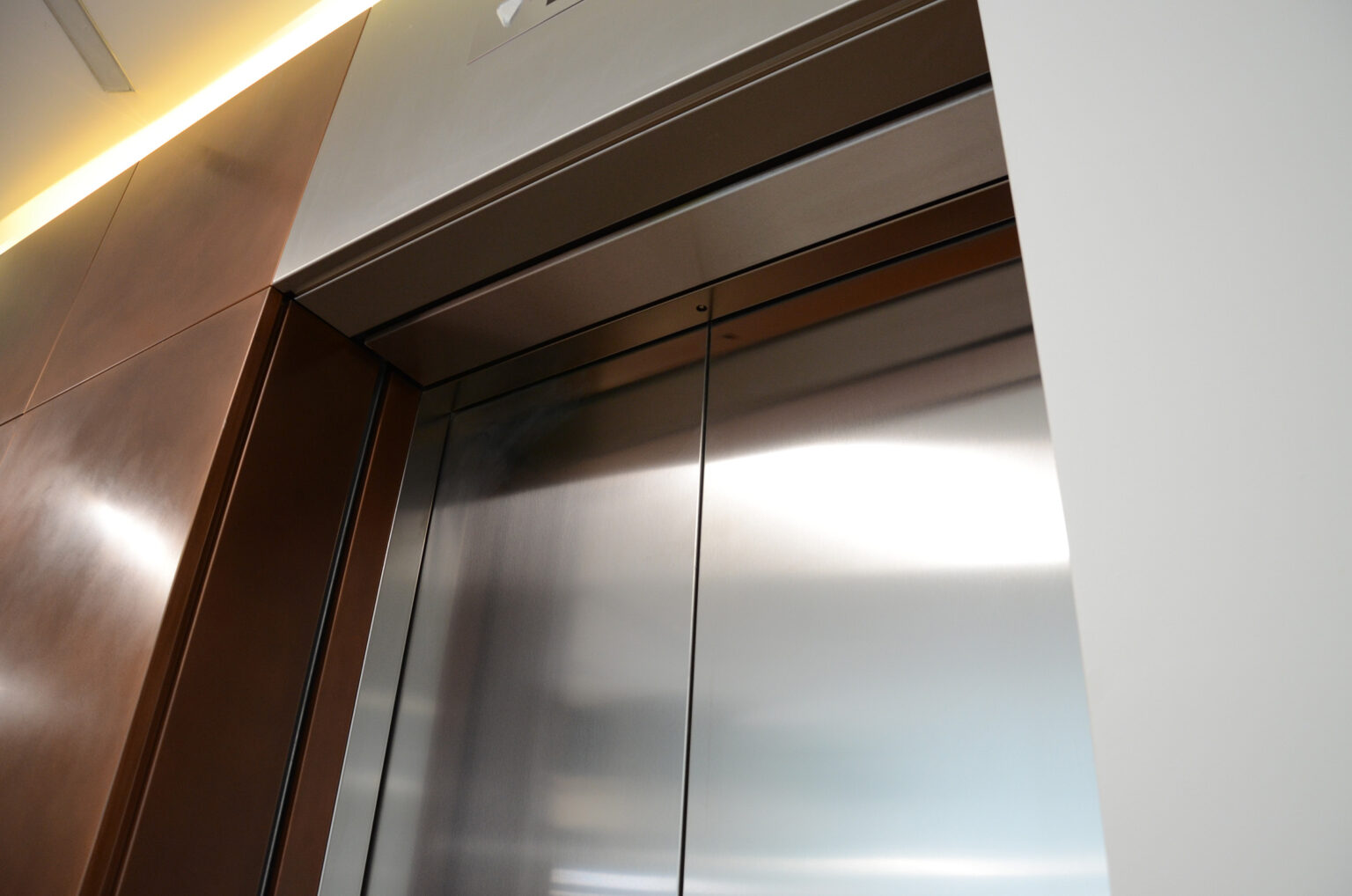Exclusive: Open plan layout fire protection
- October 8, 2020
- 7:50 am

Matt Head
Share this content
Managing Director of Coopers Fire, David Cerquella, explains the growing importance of fire curtain specification and which considerations need to be made by architects and building engineers alike.
Offering users flexibility and freedom to alter a space as necessary, it is no wonder that the popularity of open plan layouts has increased. There are multiple benefits to the creation of large open spaces, including significant energy savings due to more natural light and a more social, collaborative environment for offices, due to the lack of dividing walls.
Unfortunately, should a fire break out in an open plan environment, the spread of smoke and flames is much more rapid than in a smaller or compartmented area. The most severe risk to occupants in a fire is excessive inhalation of gas, smoke or toxic fumes which can be reduced by containing the spread of fire and protecting evacuation routes with implementation of fire-resistant barriers into a building’s design.
There are numerous reasons for creating an open plan building design and many examples that use such spaces. Those involved in the events industry, for example, will utilise a range of open spaces, whether it be for exhibitions or networking. In offices, a shift to flexible working patterns and a growing preference for the ability to rearrange office desks and other furniture have contributed to more open plan office environments.
Active and passive fire protection
As mentioned, the spread of fire in these spaces could be increased by the lack of physical barriers. Therefore, active fire protection such as smoke alarms and sprinkler systems should be used in conjunction with passive fire protection like fire doors and fire curtain systems to ensure compliance to fire regulations and offer maximum levels of safety in the event of a fire. The issues highlighted with open plan layouts need to be addressed for a building to adhere to Approved Document B.
The curtain falls
To prevent the spread of fire, a building must be divided into compartments, which are marked by the implementation of fire-resistant barriers, such as fire doors and curtains. Open plan spaces pose specific challenges because it is impossible to utilise fire doors, due to the absence of walls. Where fire doors cannot be implemented, fire curtains may be installed.
The main purpose of a fire-resistant barrier, such as curtains, is to suppress the growth and development of flames and smoke within a building, to protect escape routes and help minimise the risk to human life. Open spaces and critical escape routes can utilise fire curtains to control the spread of smoke and fire, which could spread more rapidly, for example through a lift shaft.
A fire curtain is a highly robust piece of fire-resistant material which is stored discretely in a steel headbox within the ceiling. In the event of a fire, the curtain is released by a trigger from a fire alarm or local detector, causing it to fall vertically via gravity. Once deployed, it obscures the space, acting as a crucial physical barrier between the fire and the escape routes. Fire curtains can be installed in several different locations and can be used to replace a non-load bearing wall and fire rated glazing. In open plan layouts, the installation of a fire curtain enables a building to still meet the relevant regulations.
There is a growing global demand for the ability to see through a fire barrier. Therefore, where a fire curtain is installed in place of a door, a vision panel could be extremely beneficial. In an emergency, first responders are required to evacuate individuals from a building, therefore, fire curtains with a vision panel are likely to be a huge aid to first responders. Adding a window-like panel into the curtain, means that once a fire curtain is deployed, first responders are able to identify flames and smoke and the associated risks on the other side, which could potentially save precious time in an evacuation.
Certification and integrity
With the help of certification and testing, a fire curtain is designed to withstand the heat and effects of a fire for a specific length of time. The required duration of resistance is specified to enable an effective evacuation with enough time to make the necessary checks of the building, in order to minimise the risk to human life.
For the fire curtain industry, BS 8524 is the only fire curtain standard, providing comprehensive guidance on specification and installation. Aimed at specifiers, manufacturers, installers and facilities managers, the standard covers all aspects of the fire curtain performance and functionality, as well as a third party approved installation and ongoing maintenance of the fire curtain, which must be achieved to illustrate competence and quality.
A key part of BS 8524 and one of the essential nine annexes is the fire test, BS EN 1634-1. This is an important test standard to look for in terms of compliance and product fire resistance or integrity (E). With integrity of components used in building construction facing increased scrutiny, there is a higher degree of focus on the integrity of every product when exposed to fire. This certification provides assurance to end users and building occupiers that the product has been subject to, and passed, thorough third-party testing against a set of rigorous criteria.
The benefits of having a vision panel in fire-resistant barriers are clear. However, where they appear in curtains there must be no compromise on compliance, quality and the product’s resistance level. Choosing products that are certified and have undergone thorough testing, provides assurance to specifiers and facilities managers that the fire protection measures in place are of the highest standard to preserve human life.
This article was published in the latest edition of International Fire and Safety Journal. Pick up your FREE digital copy here



